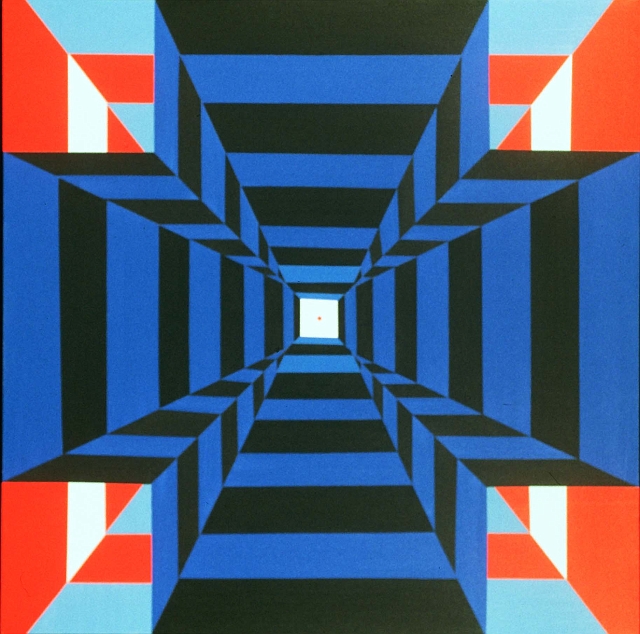|
LITR 4328: American Renaissance .png) |
Model
Assignments Final Exam Essays 2018 (final exam assignment) Sample answers for A1. learning about American Renaissance |
 |
Alexis Gomez
December 11, 2018
The Ever-Expanding Umbrella of Romanticism
The American Renaissance has brought
us many wonderful collections of art, music, and literature. Many of the works
that were written during the Romantic period often fall under the umbrella of
romantic style, while other works are a mix of romanticism and realism. The
range of romanticism at first glance did not seem wide to me at first, because I
was used to associating the word “romantic” with a love story; however, as this
course progressed I learned that even the most sinister tales can count under
the term romanticism.
Writing that is reflective of
Romanticism tends to showcase characters, diction, or objects in an elevated
way; that is, whatever it may be becomes grander than it typically would be
portrayed. Typically, the term romanticism brings out styles and values in a
text, and these can be but are not limited to feelings, emotions, imagination,
nature as beauty, nostalgia, desire, excess or extremes, idealization,
transcendence, the gothic, or sublime (“romanticism”). When texts use some to
the styles related to romanticism, the reader typically gets the feeling that
some of the subject matter goes beyond the here and now.
Most of the texts that we have read in
this course coincide in one way or another with the term romanticism. Ralph
Emersion’s Nature romanticized
childhood and how one can transcend through nature. Edgar Allan Poe’s “Ligeia”
uses romanticism in the typical fashion by presenting the audience with his
long-lost love who he still desired; he also incorporates gothic characteristics
to the woman and settings in the tale. The classics “Rip Van Winkle” and “The
Legend of Sleepy Hollow” by Washington Irving displayed their romantic style
through the use of the gothic and sublime. Edgar Allan Poe’s “The Fall of the
House of Usher” displayed several attributes of romanticism by displaying
fantasy-like writing in its gothic description of the settings and characters.
While all of these stories allow for the readers’ imagination to run wild with
all of the vivid descriptions and unrealistic story telling. It is important to
note that one term not under the umbrella of romanticism is realism.
While all of the texts we have read in
class were written in the American Renaissance (The Romantic Era), not all of
the terms or works seem to fit within the umbrella of the romantic style of
writing. Realism, opposite of romanticism, gives precise detail, typically about
knowledge or experience. It also talks about real issues like: social pressure,
greed, lust or confusion, and sometimes incorporates humor as well. Realism
texts tend to lean closer to The Victorian Era, which is why some of the texts
we have read in class blend the usage of both romanticism and realism styles.
Realism, however, is not the only term that does not fit under the umbrella of
romanticism; non-fiction texts also do not contain the same details as those
presented in texts like Edgar Allan Poe’s. Moreover, the term slave-narrative
and civil-disobedience should and are typically taken more serious by authors
and do not incorporate much of the romantic style of writing.
Some of the texts we have read in class
align more with realism than they do romanticism. Take Harriet Jacobs’
Incidents in the Life of a Slave Girl;
while there is some sense of romantic style in the way she talks about going to
the north and transcending the dark place she once was in, the majority of the
story is very much realistic in the subject matter that it covers (slavery).
Rebecca Davis in “Life in the Iron-Mills” tells a realistic story of everyday
working life in the iron-mills, but she marries the realistic story with
romantic styles in that she describes regular objects with great vivid and
gothic explanations. On the other hand, John N. Seguin’s personal memoirs were
very much realistic in that he was trying to set the story straight and appeal
to Americans.
It is important to understand both the
terms romanticism and realism, and how those terms interact with the text. While
realism does not fall under the term of romanticism, both can be used together
to tell a story that is made up of both facts and fiction. While the range of
Romanticism is quite large, it cannot encompass what is in the here and now.


